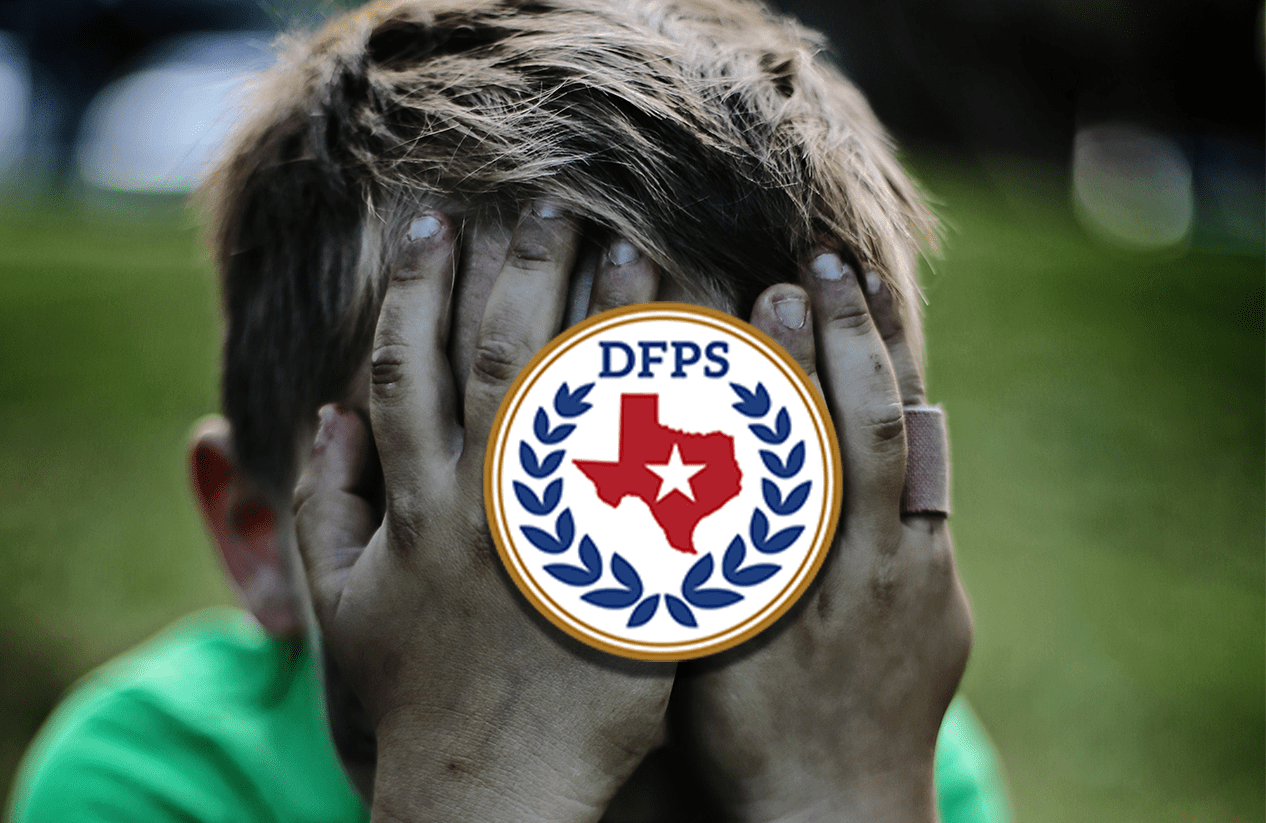Texas’ Legislative Budget Board will meet this week to set the spending limit for the 2013 legislative session. That rate will tell us a lot about how the session will go for Texas’ taxpayers, and for all intents and purposes is the first vote of the legislative session. It should be treated as such by taxpayers.
By law, the Legislative Budget Board is made up of the lieutenant governor, the speaker of the House, and their appointees. The current appointees include, besides David Dewhurst and Joe Straus, Sens. Tommy Williams (R), Robert Duncan (R), Juan Hinojosa (D) and Judith Zaffirini (D), House members Jim Pitts (R), Harvey Hilderbran (R), Dan Branch (R) and Sylvester Turner (D).
For years, the spending limit hasn’t been much of a limit on government growth. The state constitution lets the legislature pick the limit, and they’ve used a non-limit: projected personal income growth. As such, state government has been limited only to the available cash (“spend it all!”) and shady financing (like fund diversions and other gimmicks).
Texans want a stronger limit on government growth, such as the sum of population and inflation. That’s the measure supported in the 90 percent or better range for years by Republican voters on their primary ballot. And it’s the limit 70 percent of Texas voters said they support in a recent poll by Wilson Perkins Associates.
As a reminder, Speaker Straus and his leadership team have refused to allow meaningful hearings — much less a floor vote — on legislation improving the spending limit despite having a super-majority in the House. (Of course, Mr. Straus has also said he wants to seek new revenue sources for state government — something Texans oppose by similarly high numbers.)
For taxpayers worried about budget gimmicks (and 80 percent of voters polled want those to end), the biggest gimmick has been the setting of the spending limit each biennium. It’s done with little fanfare by the LBB and usually set high enough to cover whatever new spending the legislators desire – not what the state’s taxpayers and economy can actually afford.
It should also be noted that the current spending limit only applies to part of, not the entire, budget. That should also be on the agenda for reform by the legislature. Letting large expenses go uncounted in the state budget is like a family planning their finances but ignoring health insurance and the car payment.
When the LBB meets this week, the limit they choose will set the stage for the coming session, and they should be encouraged to pick the lowest rate possible.
Population growth in Texas has been at about 1.7 percent per year, while inflation has averaged 2.5 percent during the last decade. With that as a guide, state government spending for the 2014-2015 biennium (the budget adopted in 2013) should be limited to no more than 4.2 percent per year. Any growth rate higher than that is unjustifiable, and lower is better for taxpayers.
Because this vote is so pivotal for the session, it will be included on our 2013 Fiscal Responsibility Index for the LBB members. (Voting for a rate exceeding population plus inflation will be negatively scored, as will be voting for a rate other than the lowest presented.)
Under legislative rule, the chambers take turns starting the budget; it began in the House in 2011 so it starts in the Senate this session.
Lt. Gov. Dewhurst and his Finance Committee chairman, Tommy Williams, have come out strongly in support of the conservative fiscal reforms contained in Gov. Rick Perry’s Texas Budget Compact. Enacting those measures gets a lot easier when we first limit how much Texas government is allowed grow.
Voting for a higher spending rate might appease big spenders looking to expand the size of government, but the reasonable course demanded by voters will be for the LBB — for Mr. Dewhurst, Mr. Straus and their appointees– to adopt the tightest of limits.





